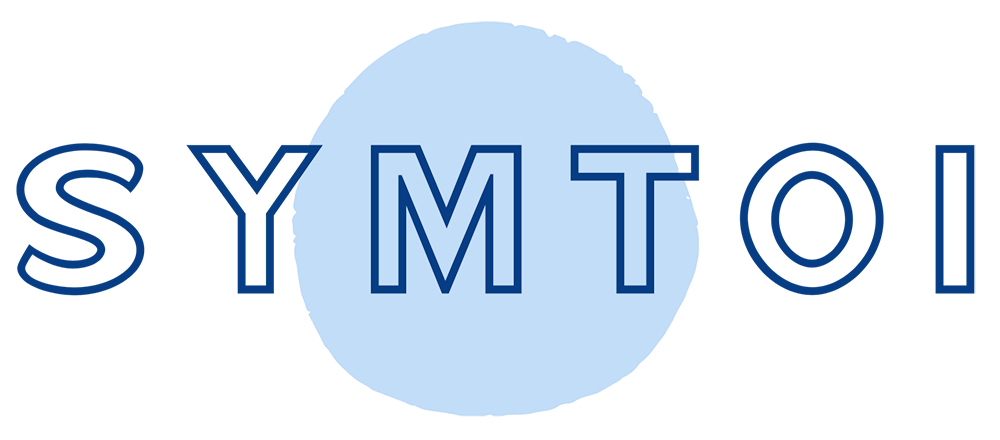
In our last blog we looked at the top digital skills needed in 2022, which was a slight diversion from our main focus of training, so today we are back the subject of training and will be looking into creating OKRs for your training plan.
So, what does OKRs stand for and how can they fit into your training plan? This blog will also touch on why they are necessary, how to create them and how they can be maintained.
OKRs means Objectives and Key Results. They are a simple but flexible tool you can use to set goals, define objectives, and measure results. OKRs are how you track progress, create alignment, and encourage engagement around measurable goals!
But what are they in practice? Well, the most effective OKRs typically have the following characteristics:
-
Objectives: These should be exactly what you want to achieve, so they must be set in stone, as opposed to being aspirational and vague. When they are properly pinpointed they must be straightforward to understand and real, tangible goals. It is a good idea to make them action-oriented in order to inspire people to take specific steps toward achieving them.
-
Key Results: These are used to measure your progress toward your objectives. They should be quantifiable and measurable, ensuring that you can see when they have been achieved. Think of it like a signpost with a distance marker, as it demonstrates how far you are progressing towards your objective(s).
-
Implementing OKRs into your organisation can help with staff alignment, help bring people, teams and the whole organisation together – Good stuff! This means that everyone will be pulling in the same direction and focused on the same result. It is important to ensure that you know what you’re doing from the get-go. A structured training program certainly helps reduce errors, build rapport, and improve teamwork.

When planning your OKRs there are a list of steps that need to be taken in order to be as most effective as possible within your organisation. Here we will outline the main steps:
-
Define your agenda: It is vital to stay on track with regards to your OKRs, so take time to compose your schedule and share it with your team(s). Be honest about timelines and set realistic targets.
-
Outline your expectations: Let everyone involved know any rules or expectations that you have, such as promoting collaborative working among your team(s).
-
Understand your organisation’s vision: It can be extremely useful to not only know your vision and direction, but also the direction of the specific objective that you have set out to achieve. This aids in everyone having a clear understanding of what is expected of them during the project.
-
Break into smaller groups: If you have the ability to break a team down into smaller groups, then take it! It can be nerve wracking to feel comfortable sharing your ideas in front of a large group of people, so dividing into smaller groups makes people feel less intimidated and more able to share easily.
-
Reconvene and finalise plans: After everyone has developed their own ideas then bring the group back together to discuss them as a whole and pick out the ideas that best fit the brief. If necessary you can narrow down the OKRs to a smaller number – Whatever makes it more manageable for your organisation.
